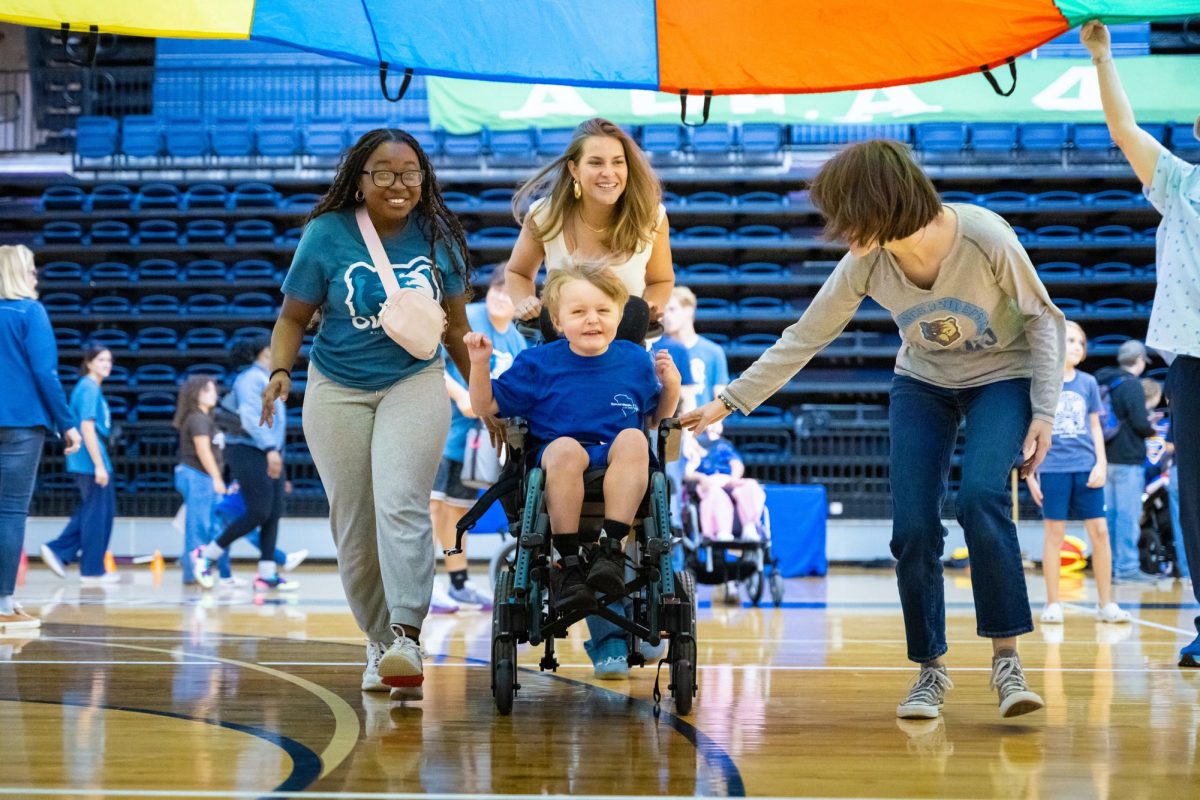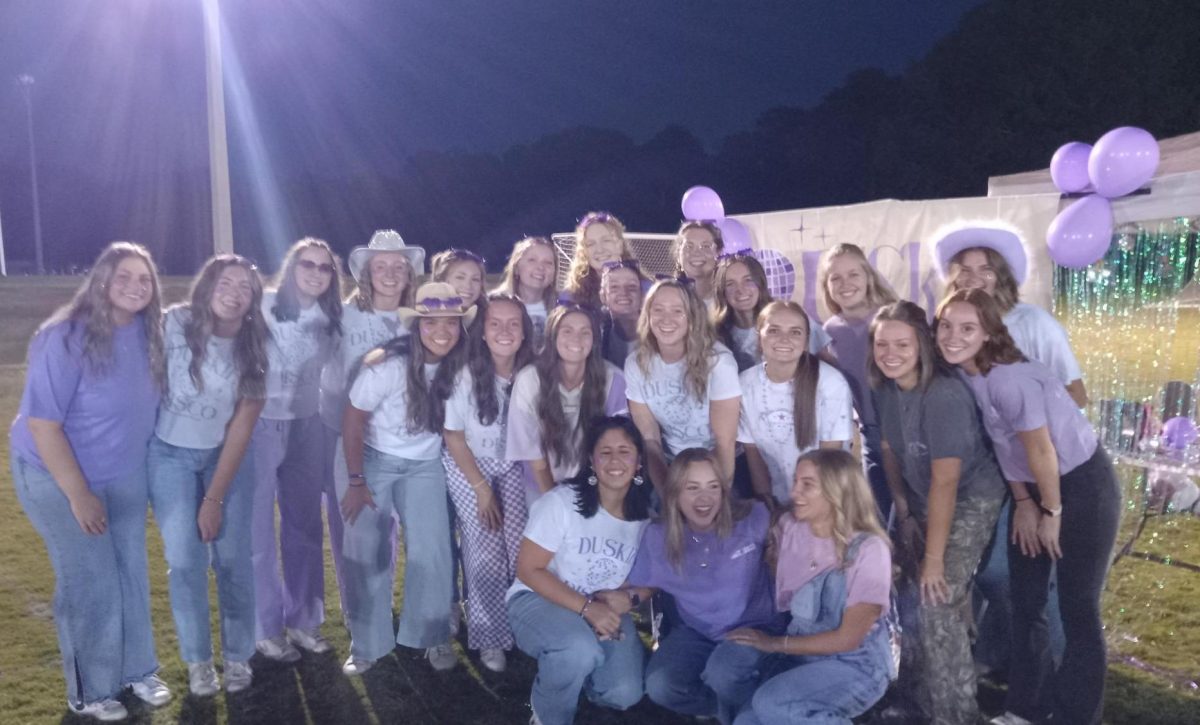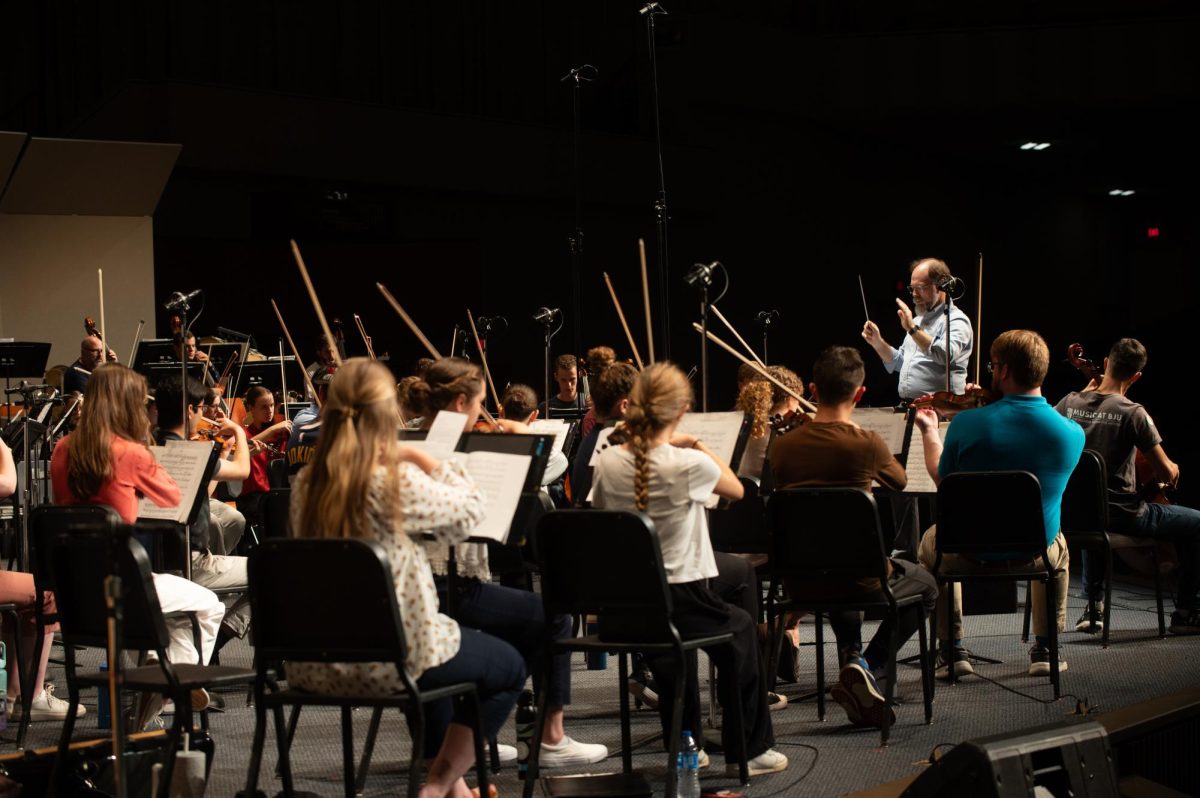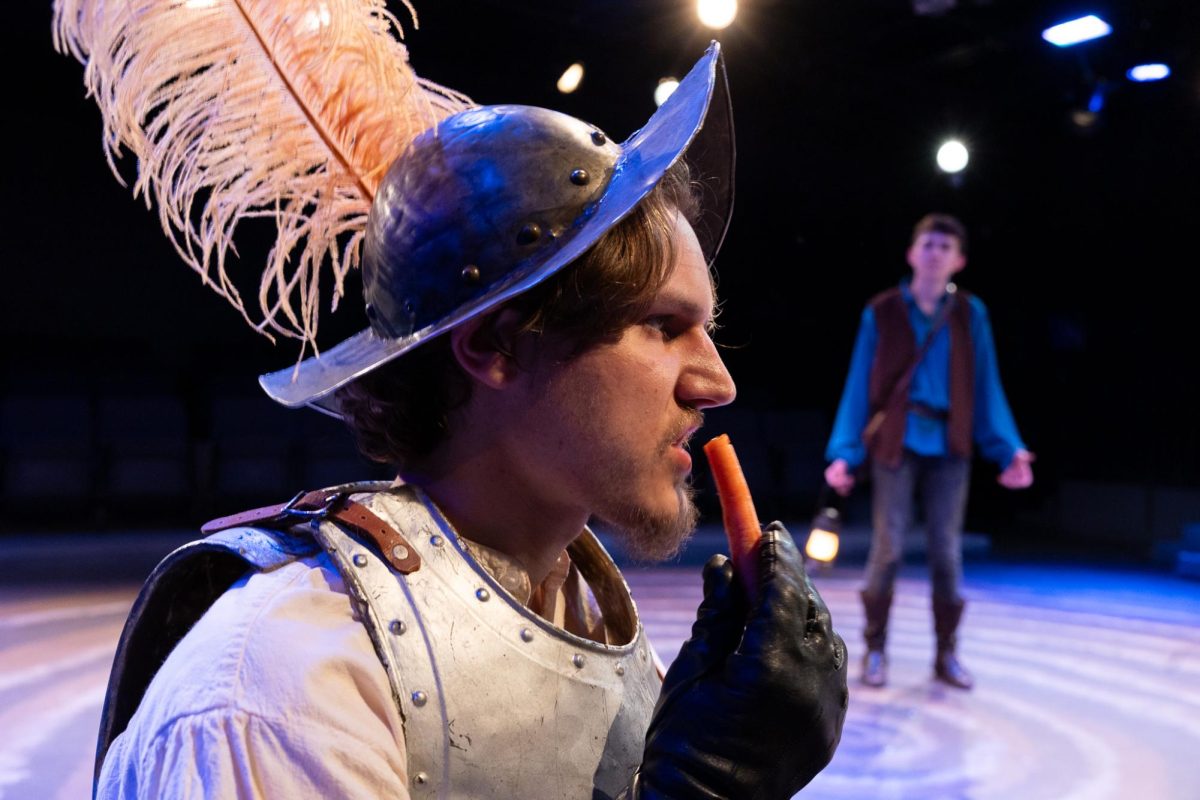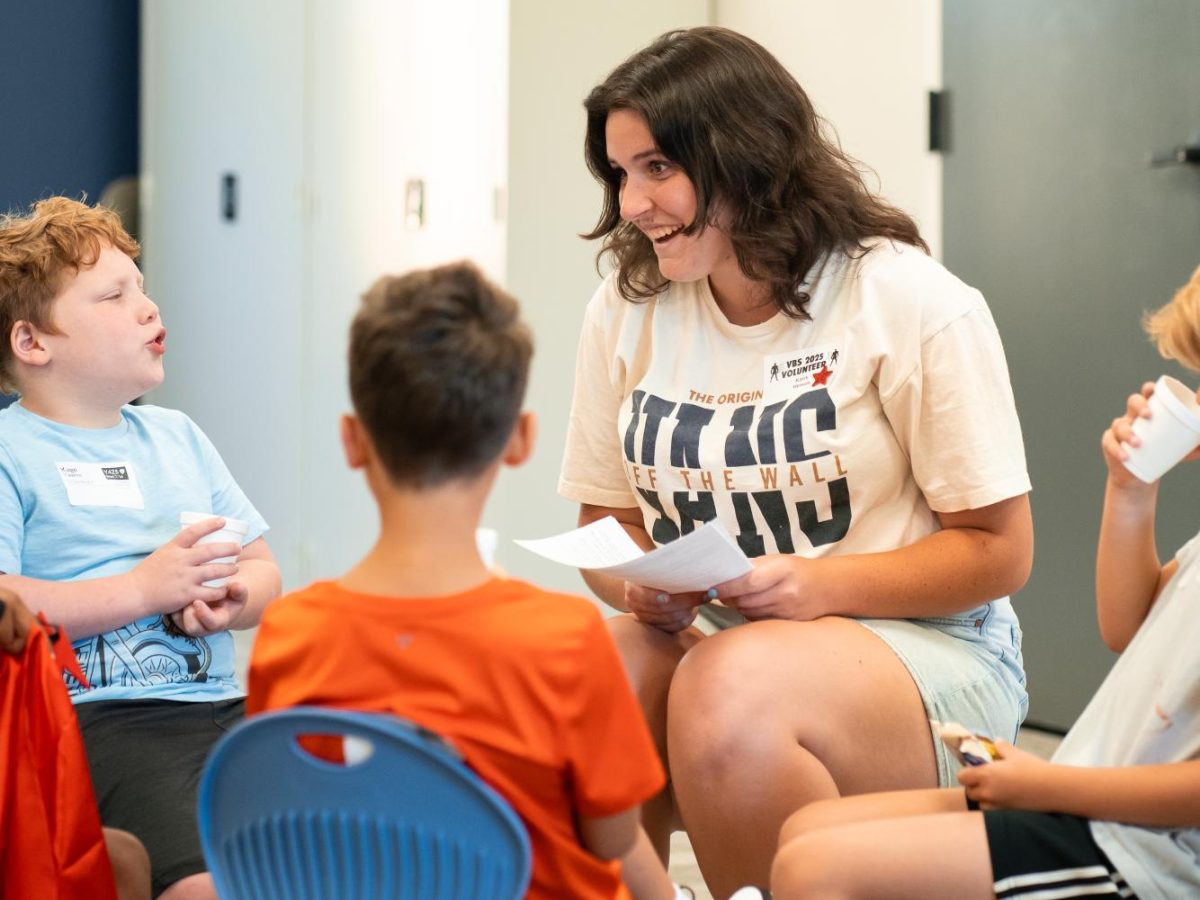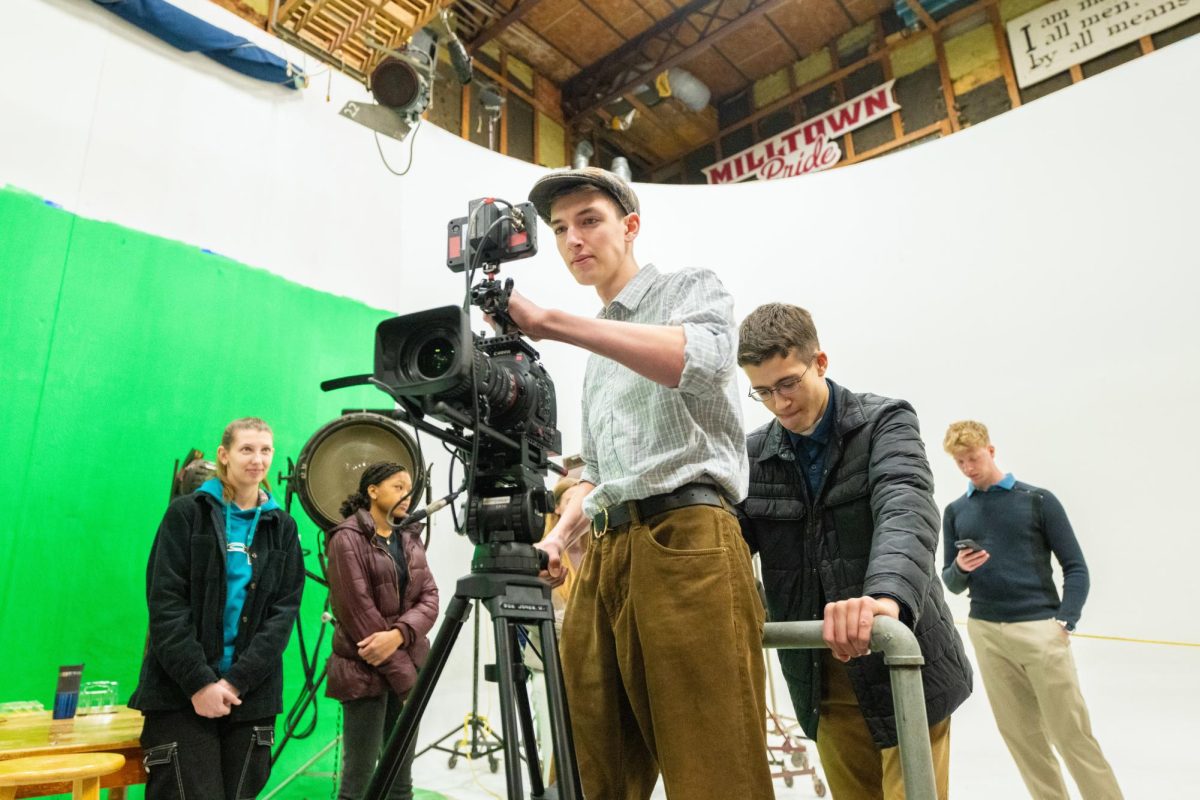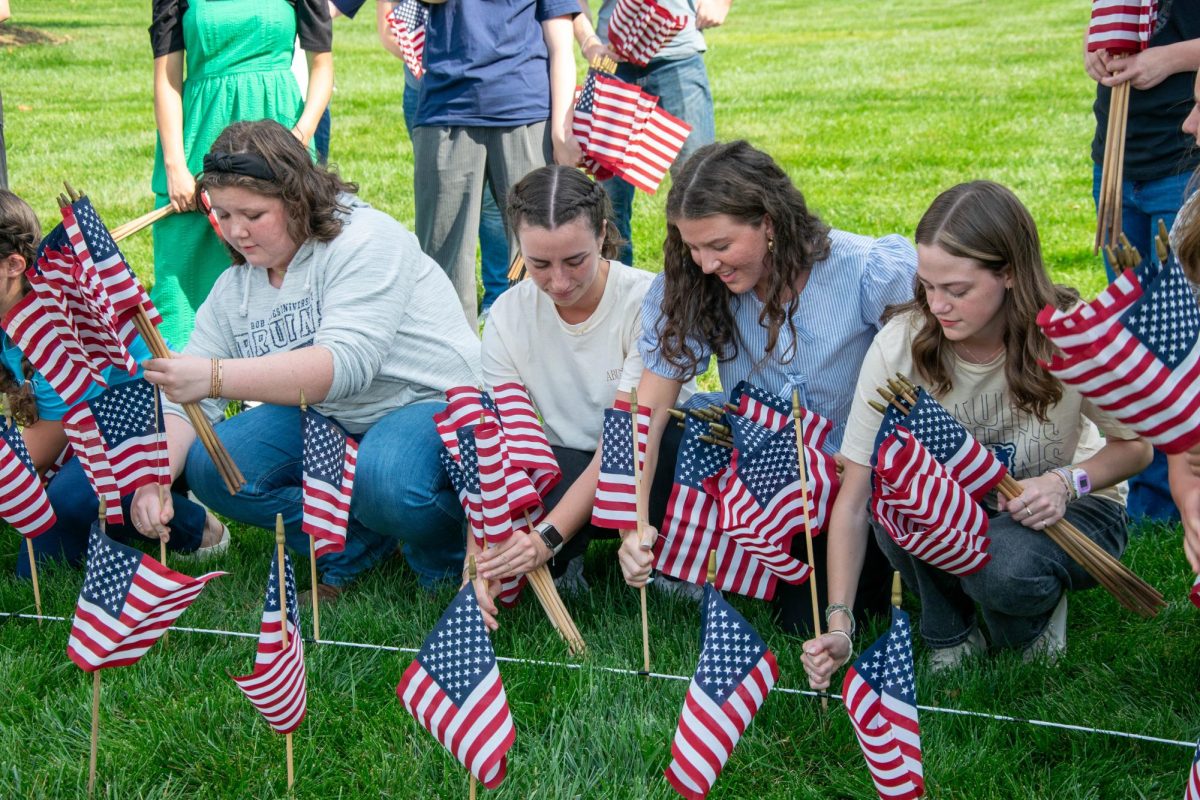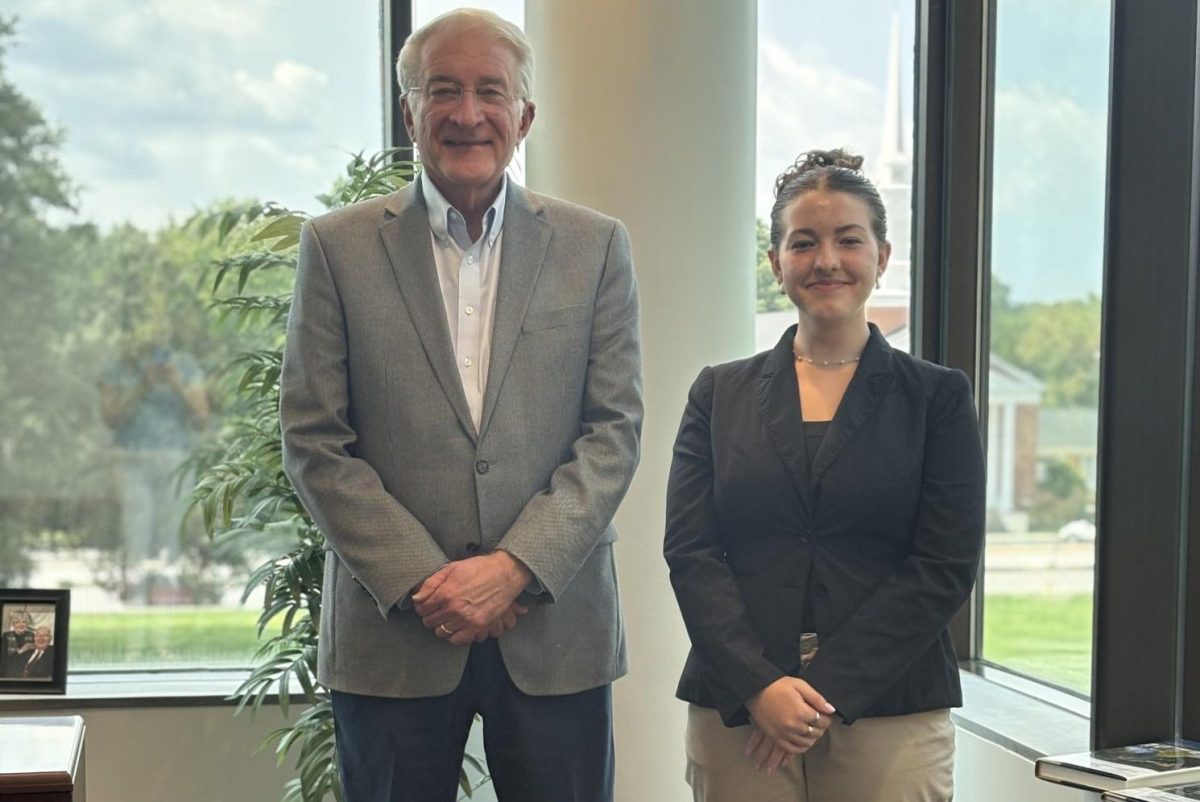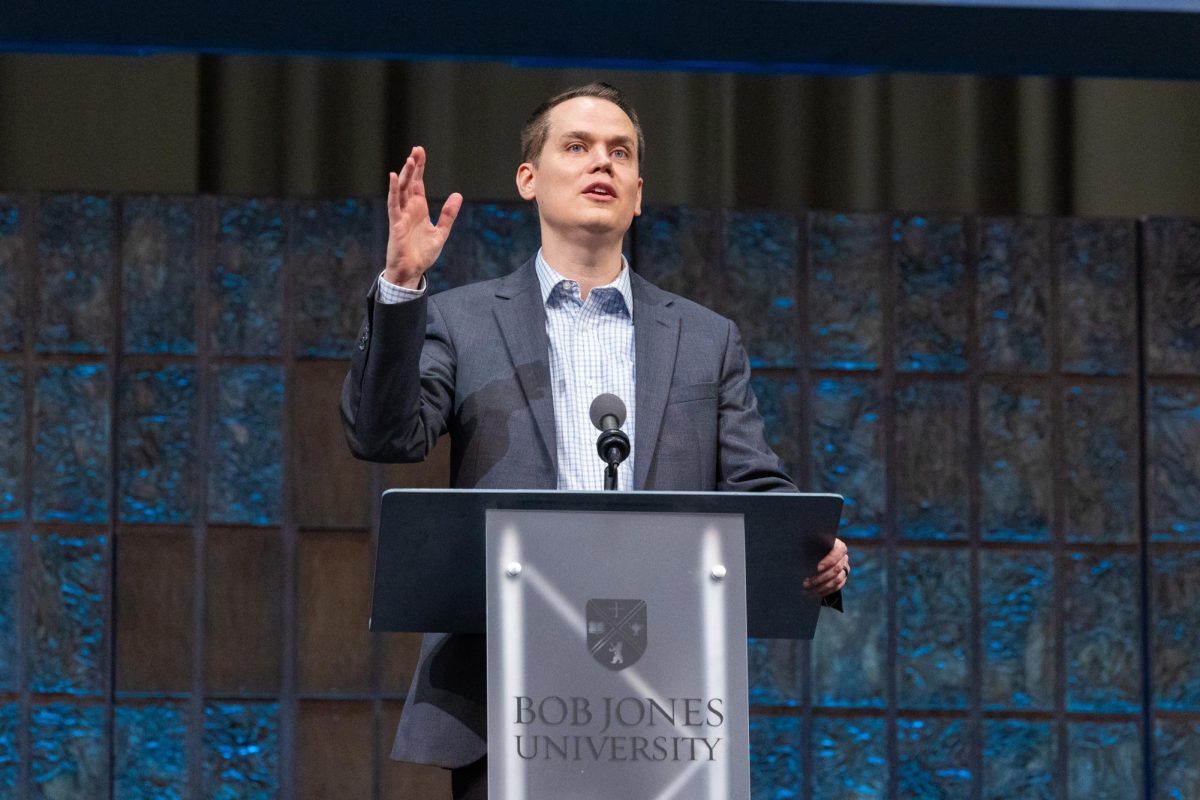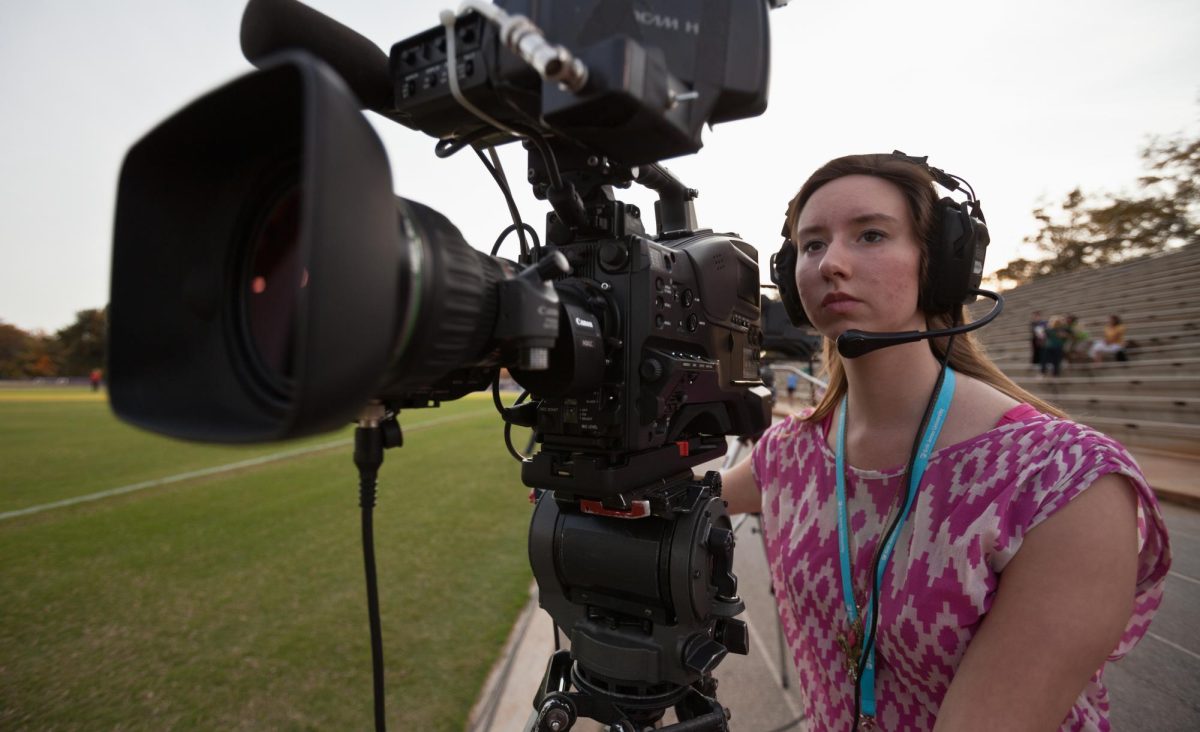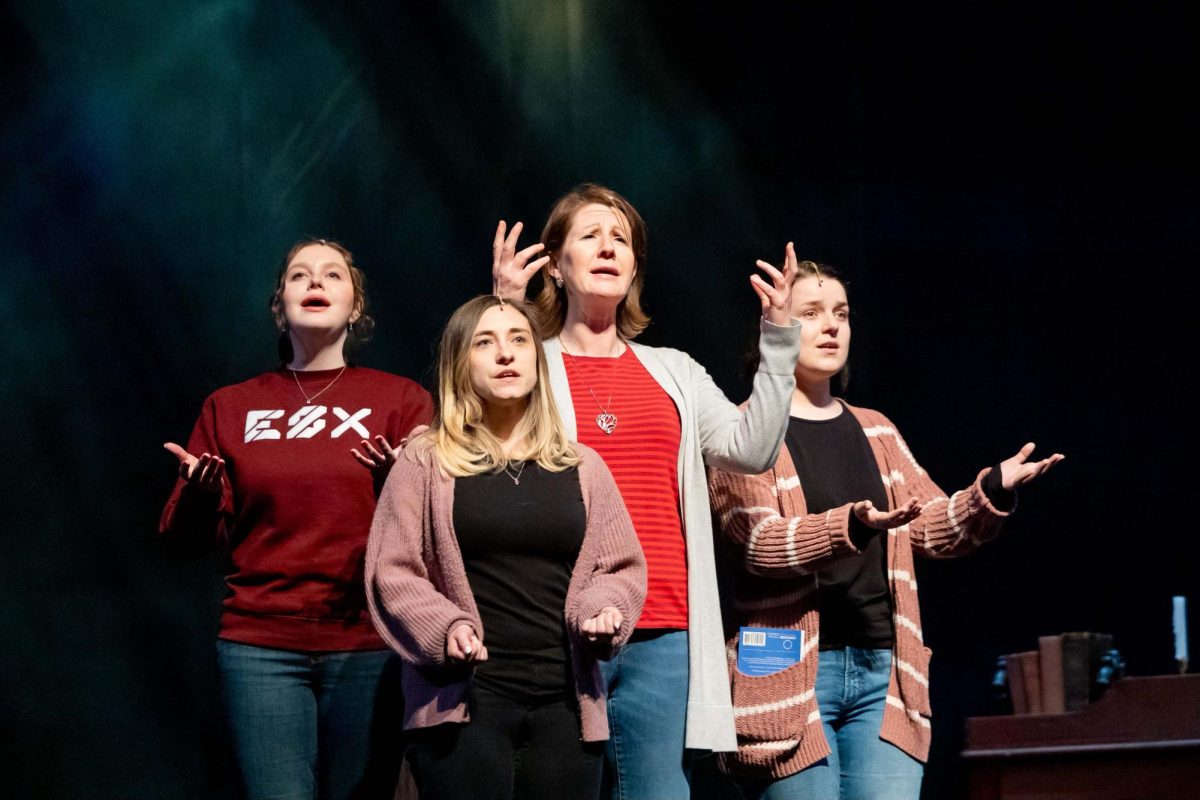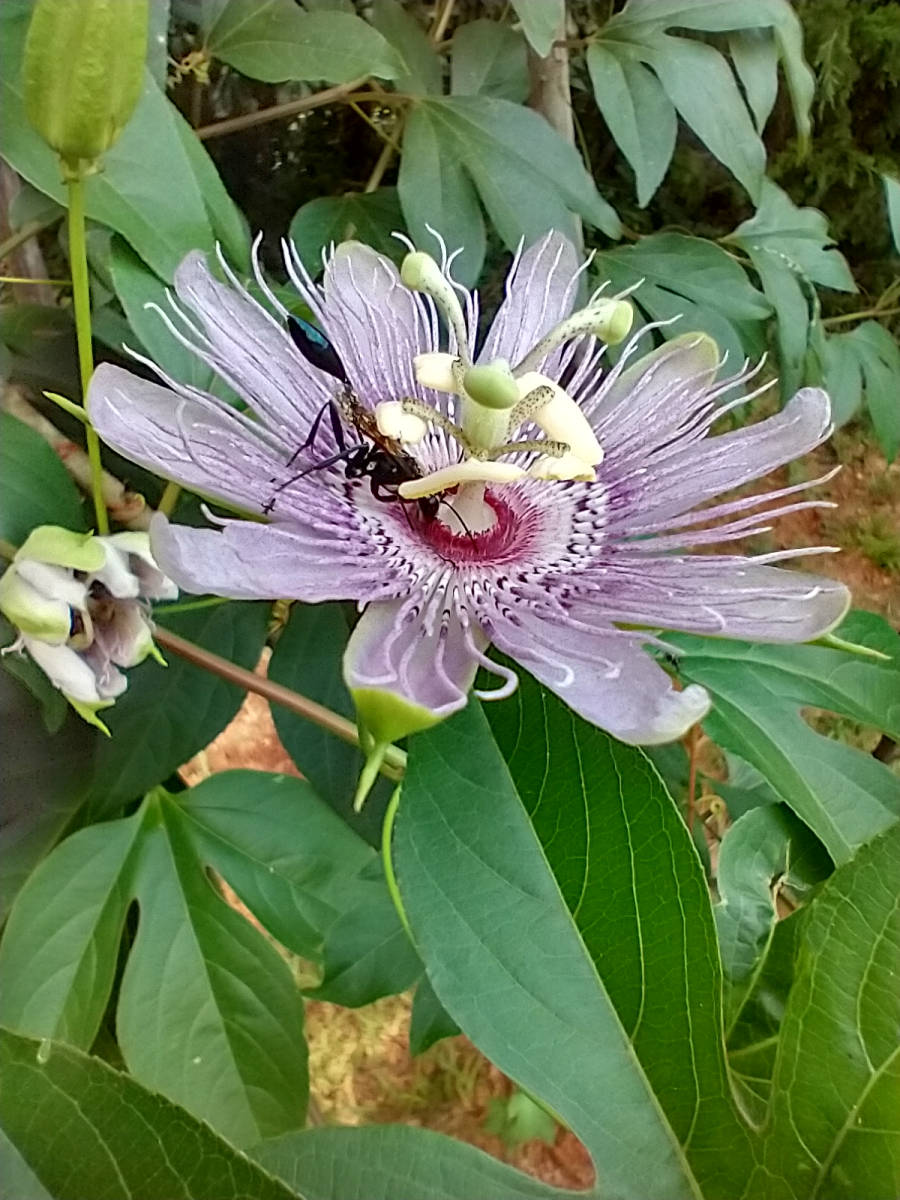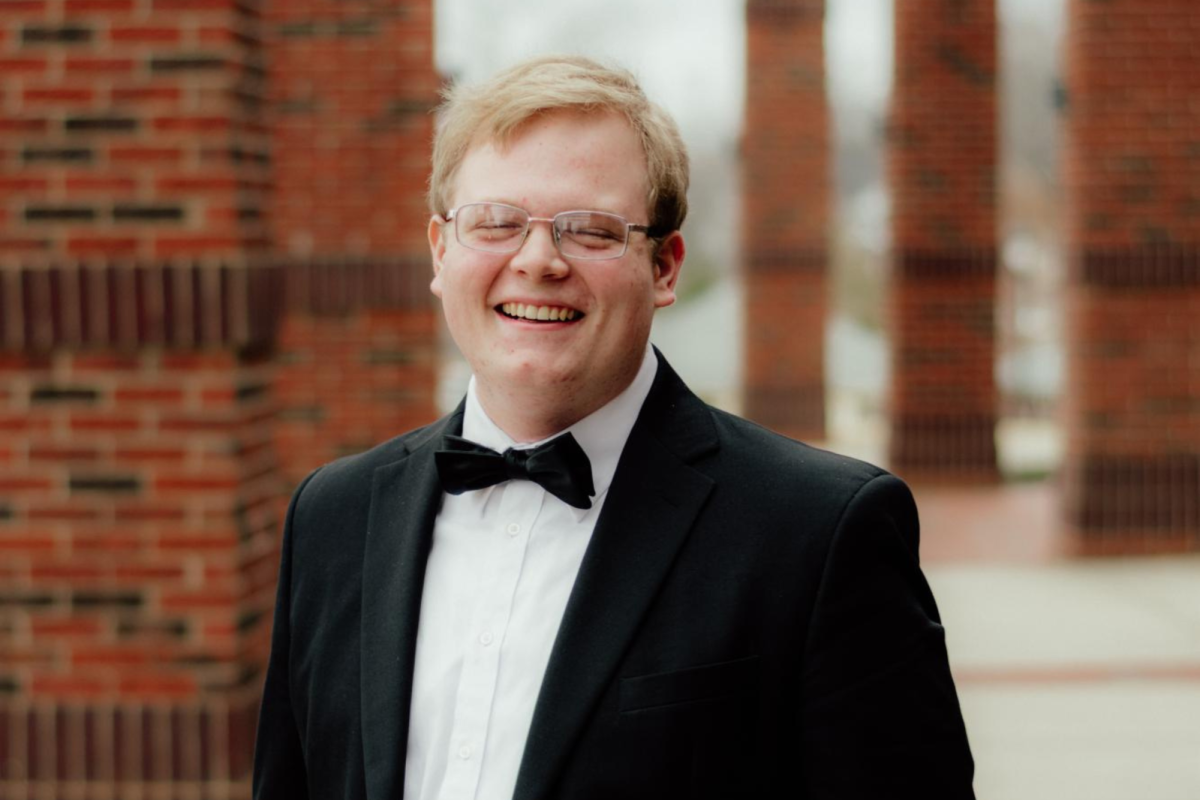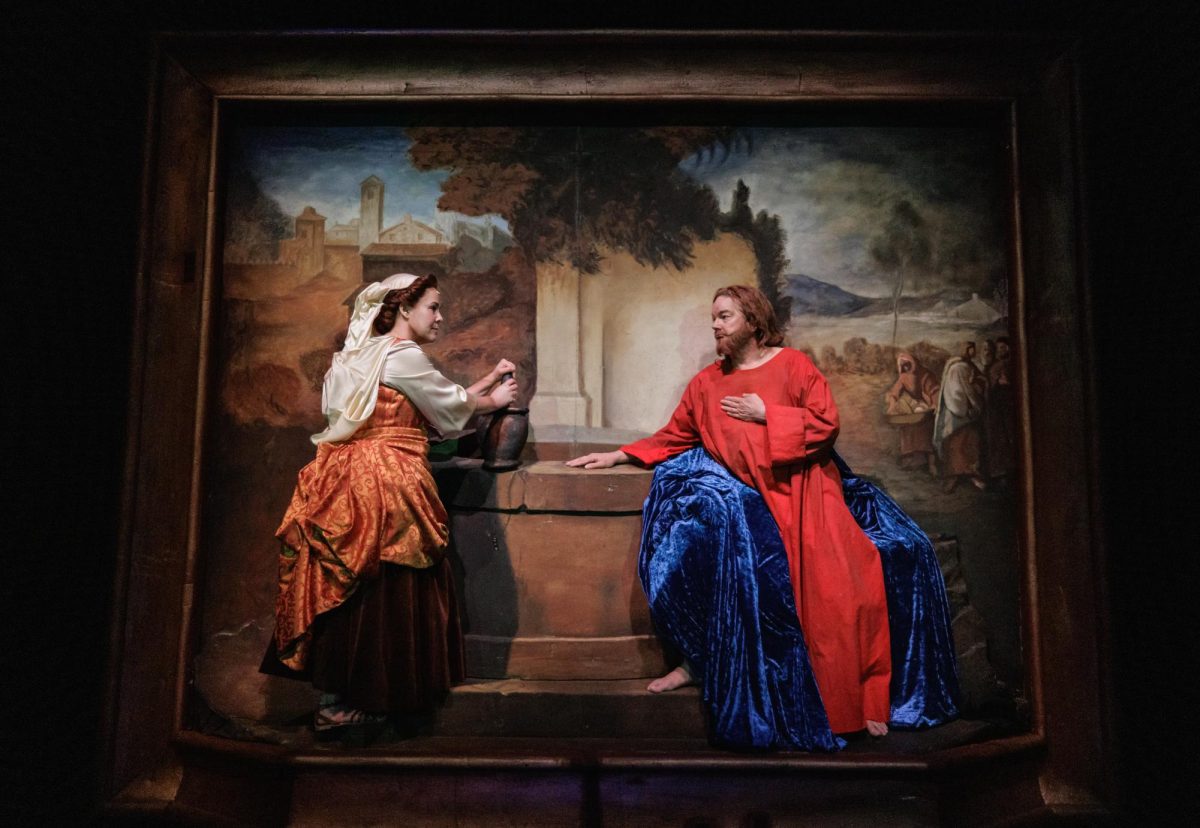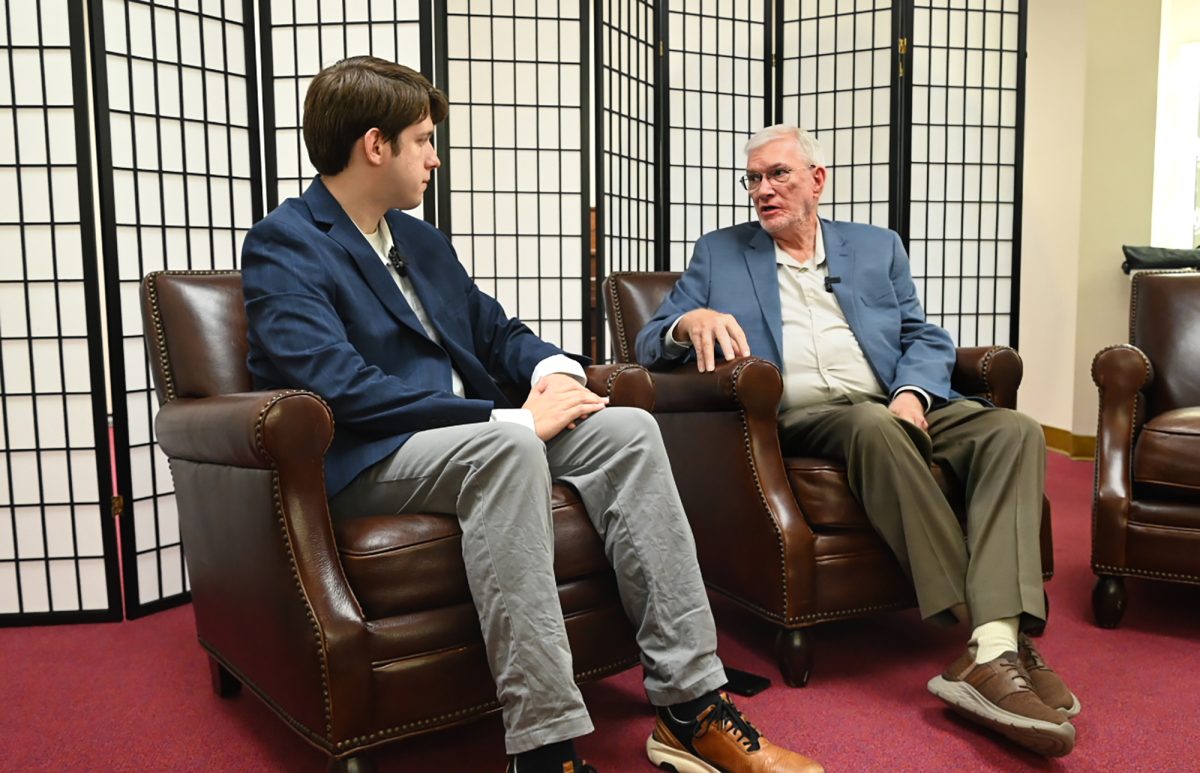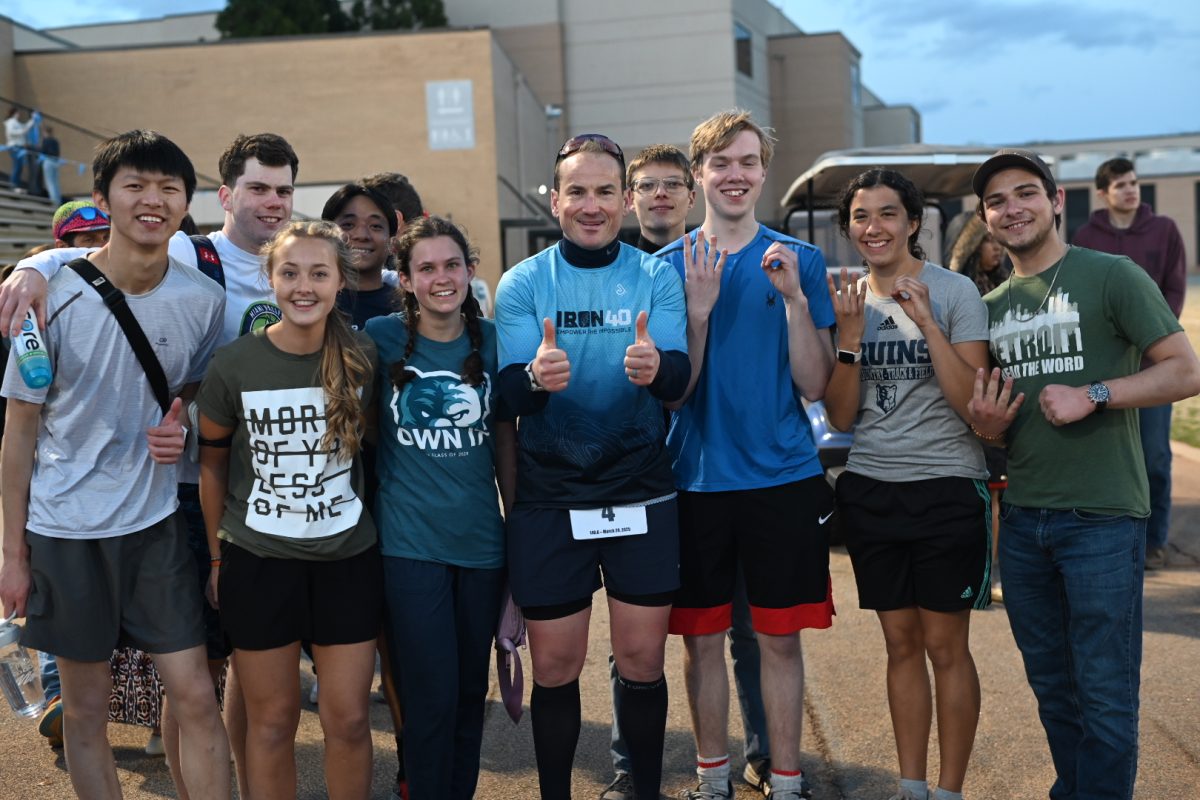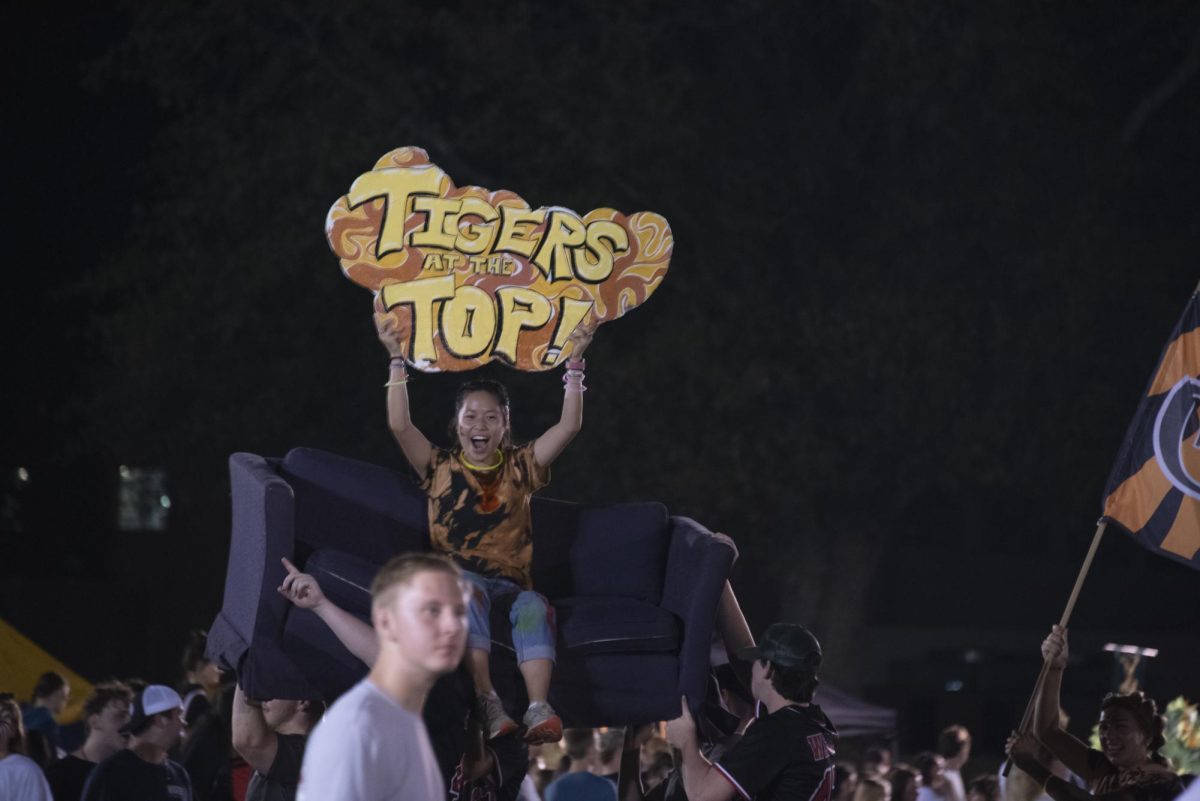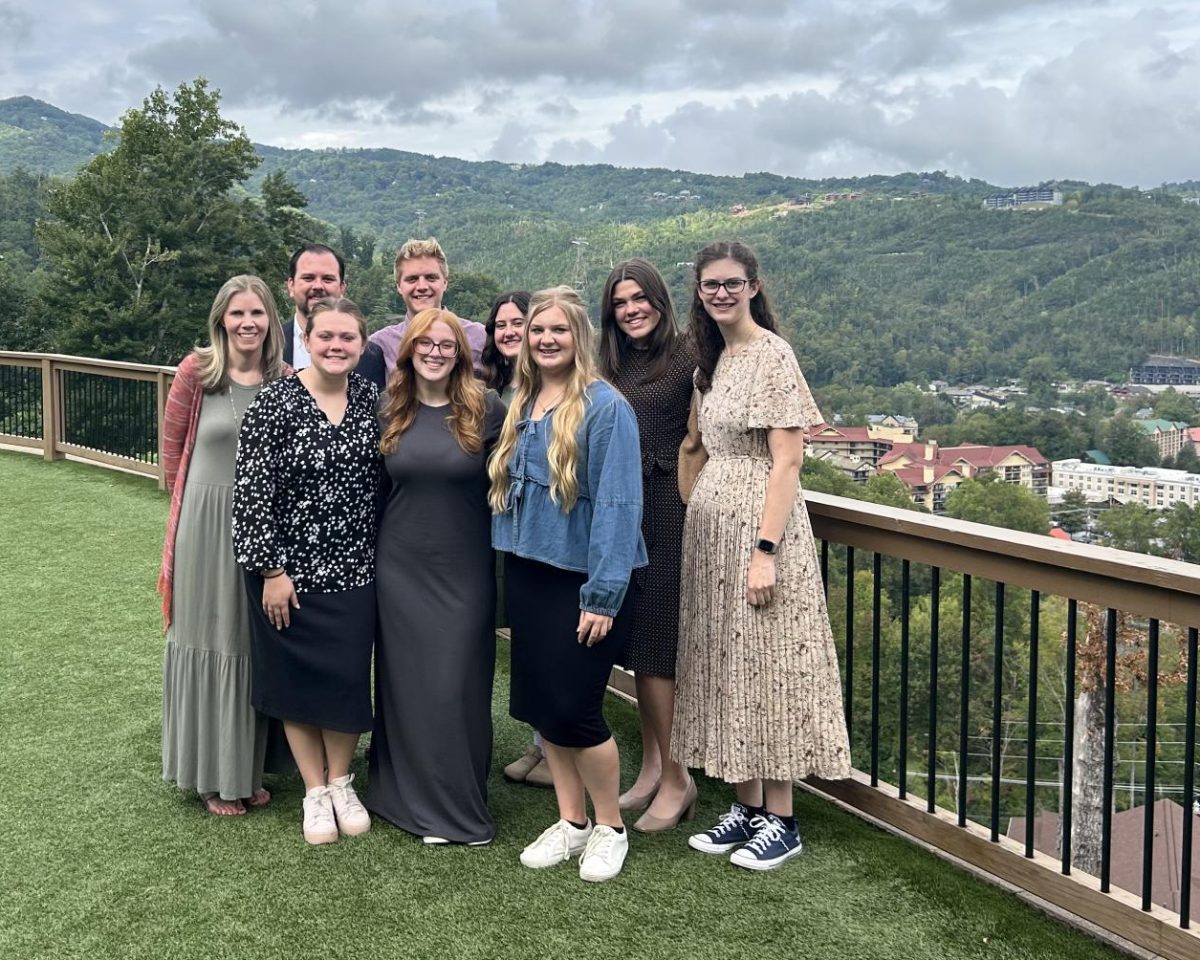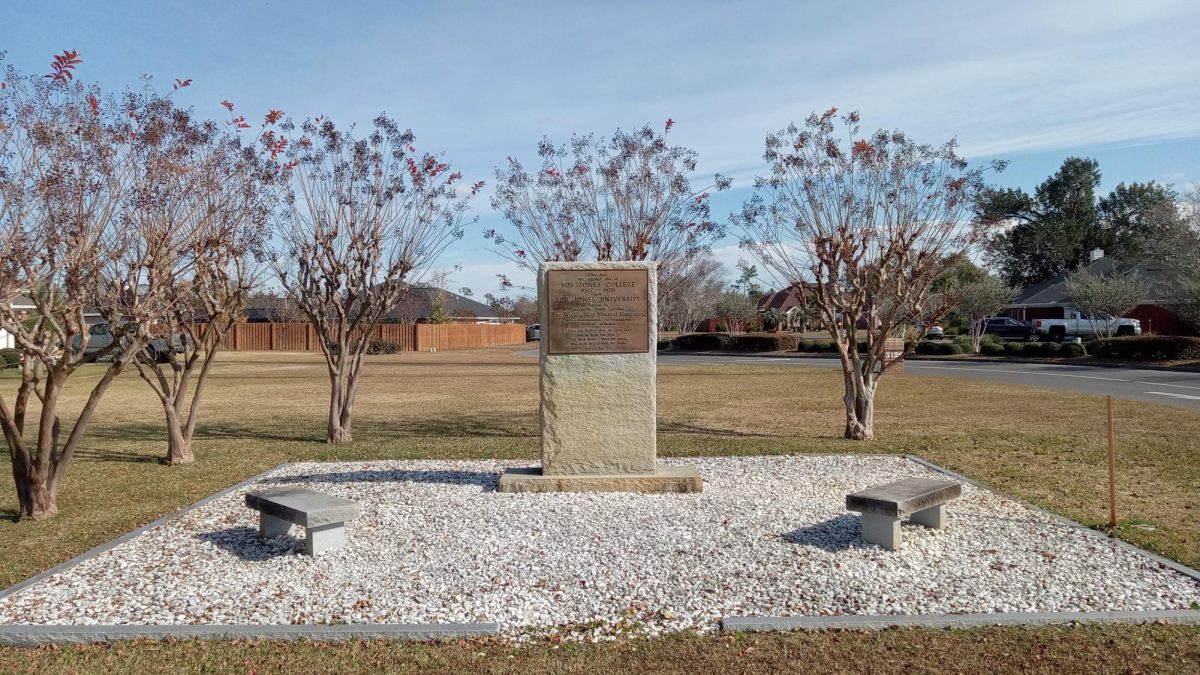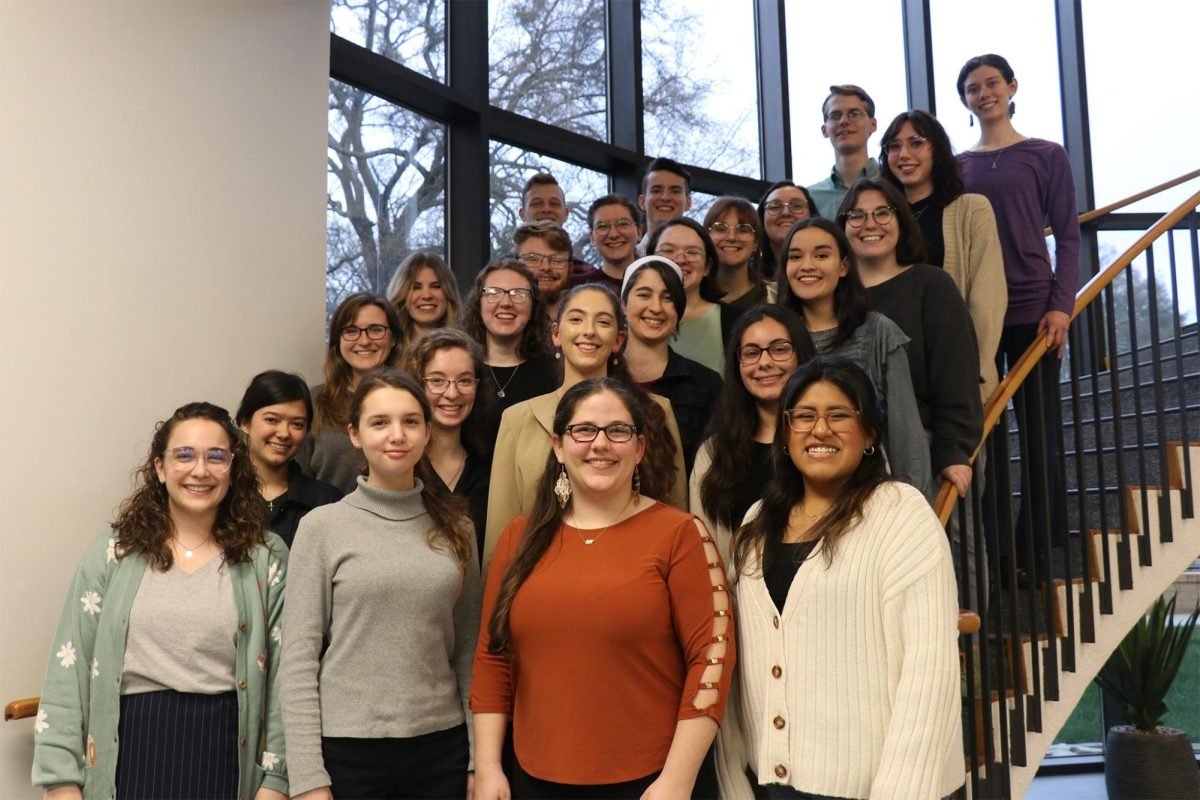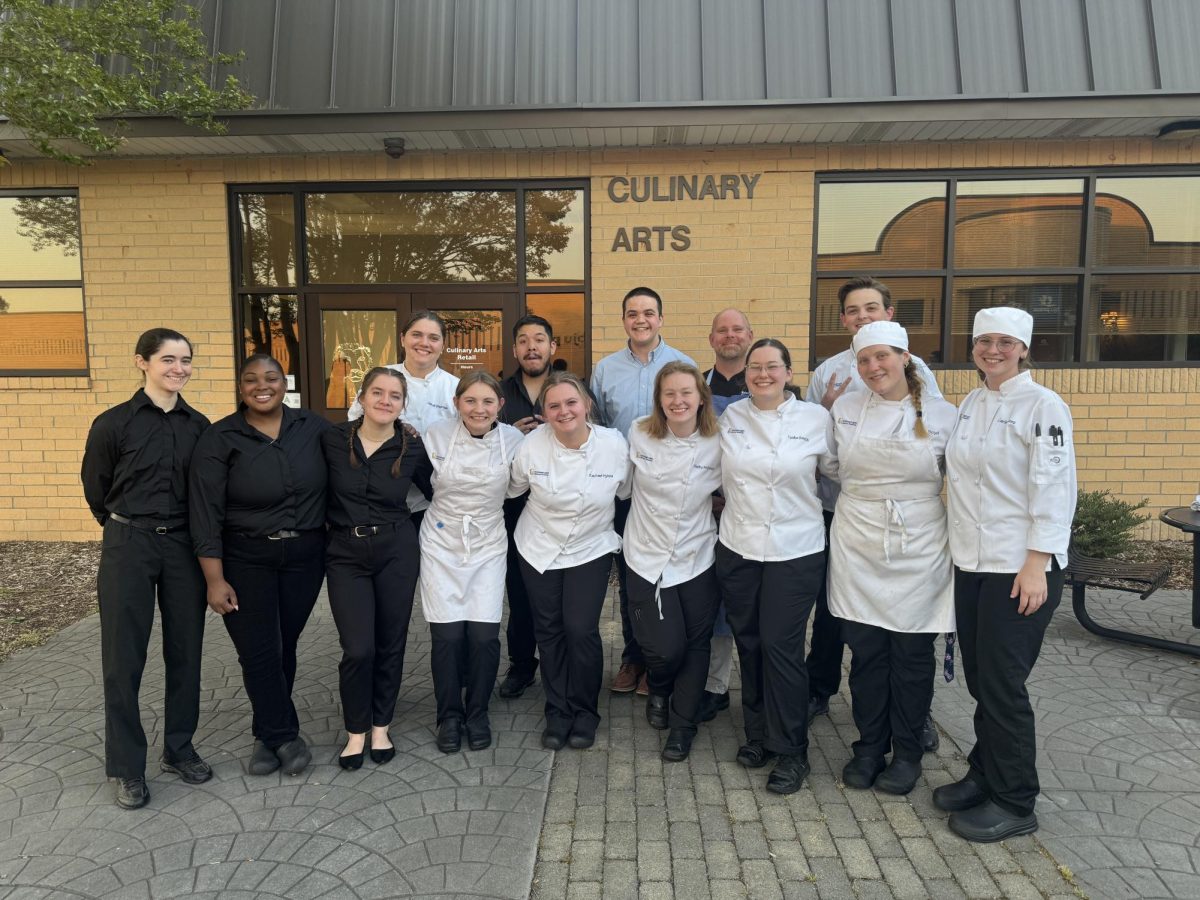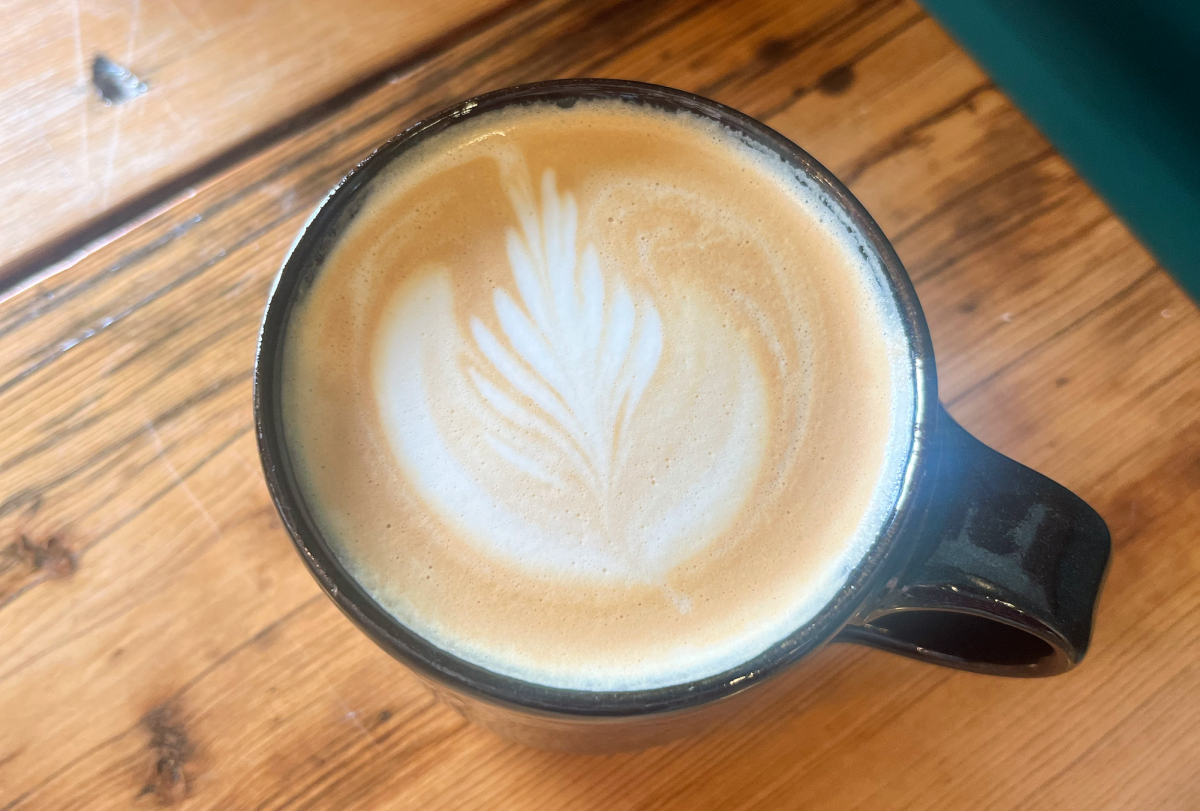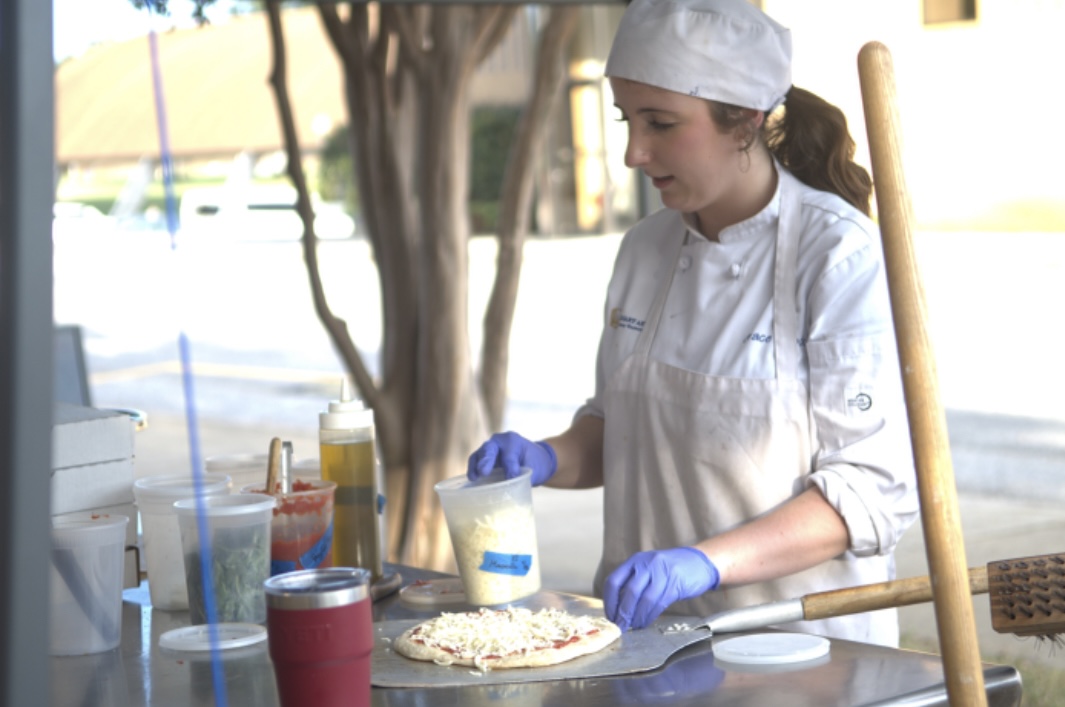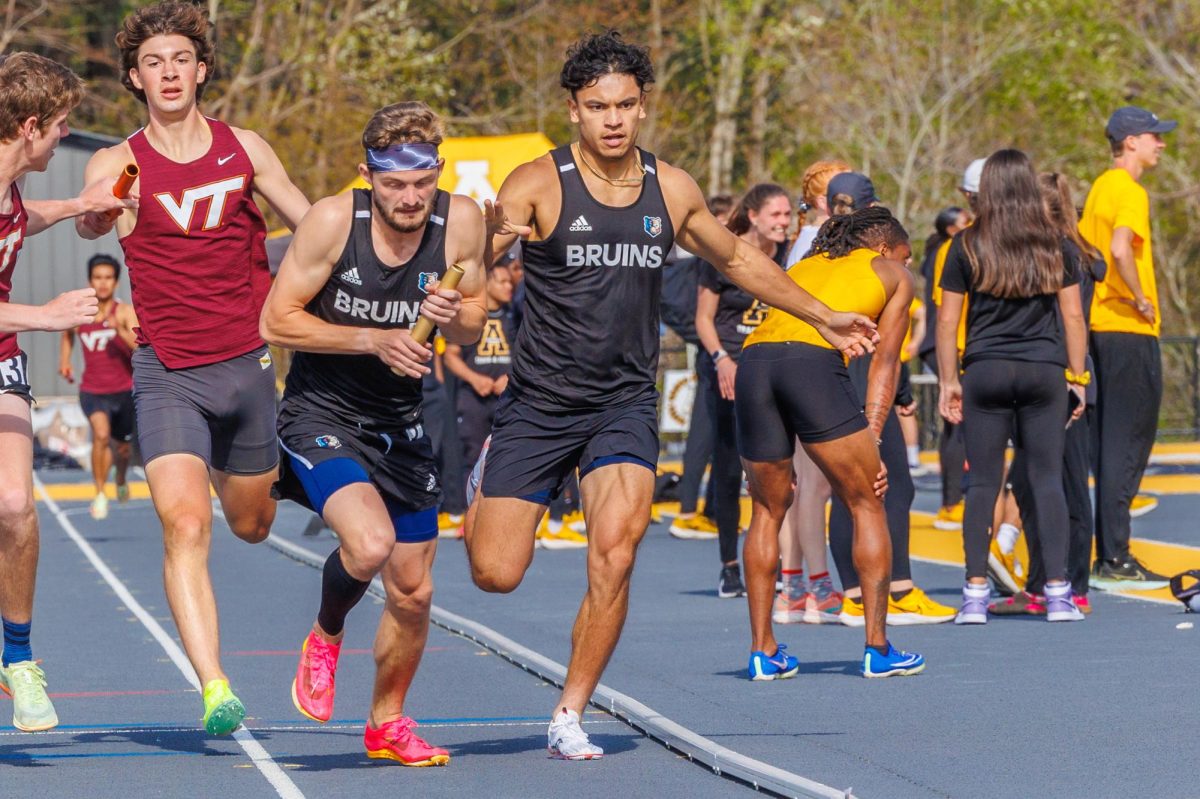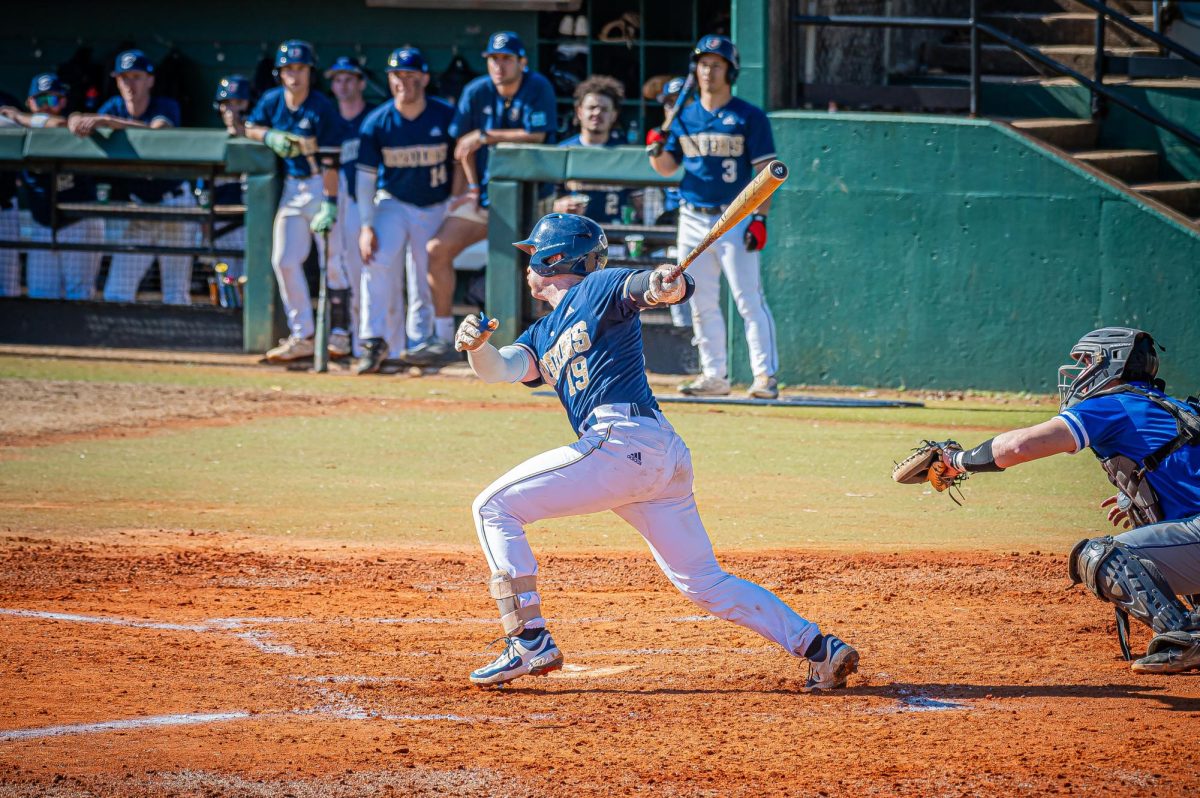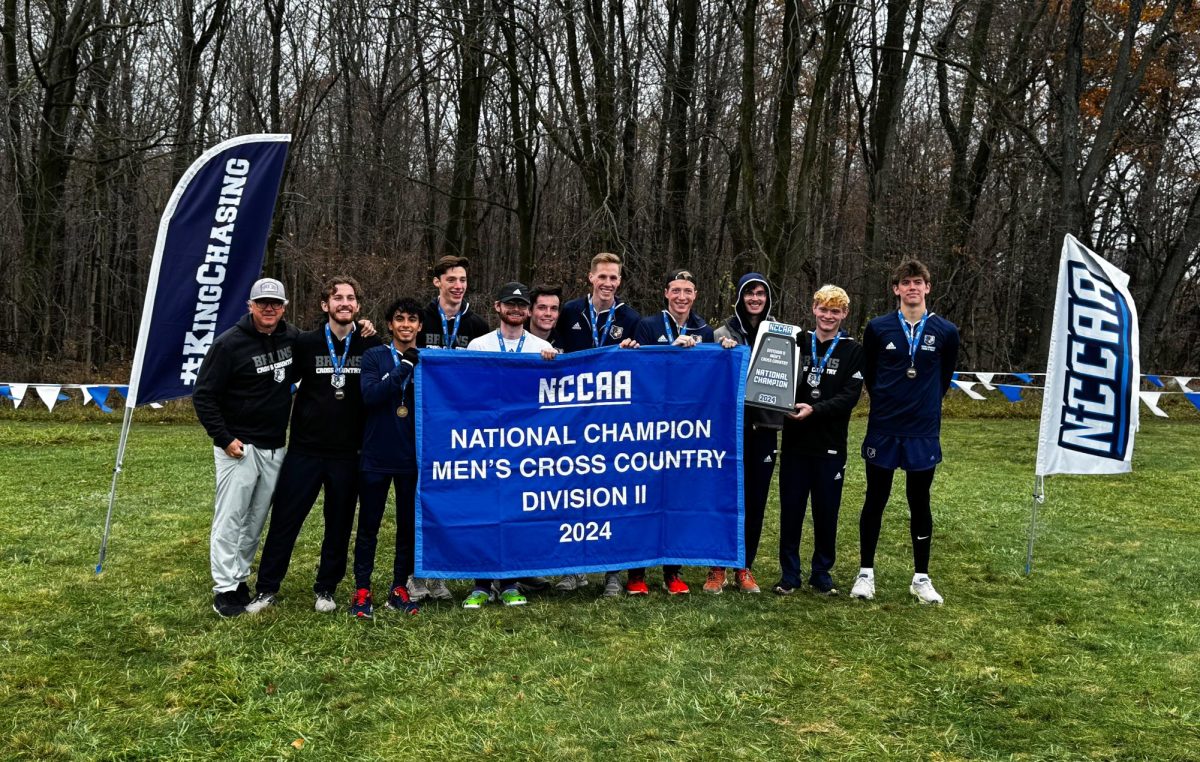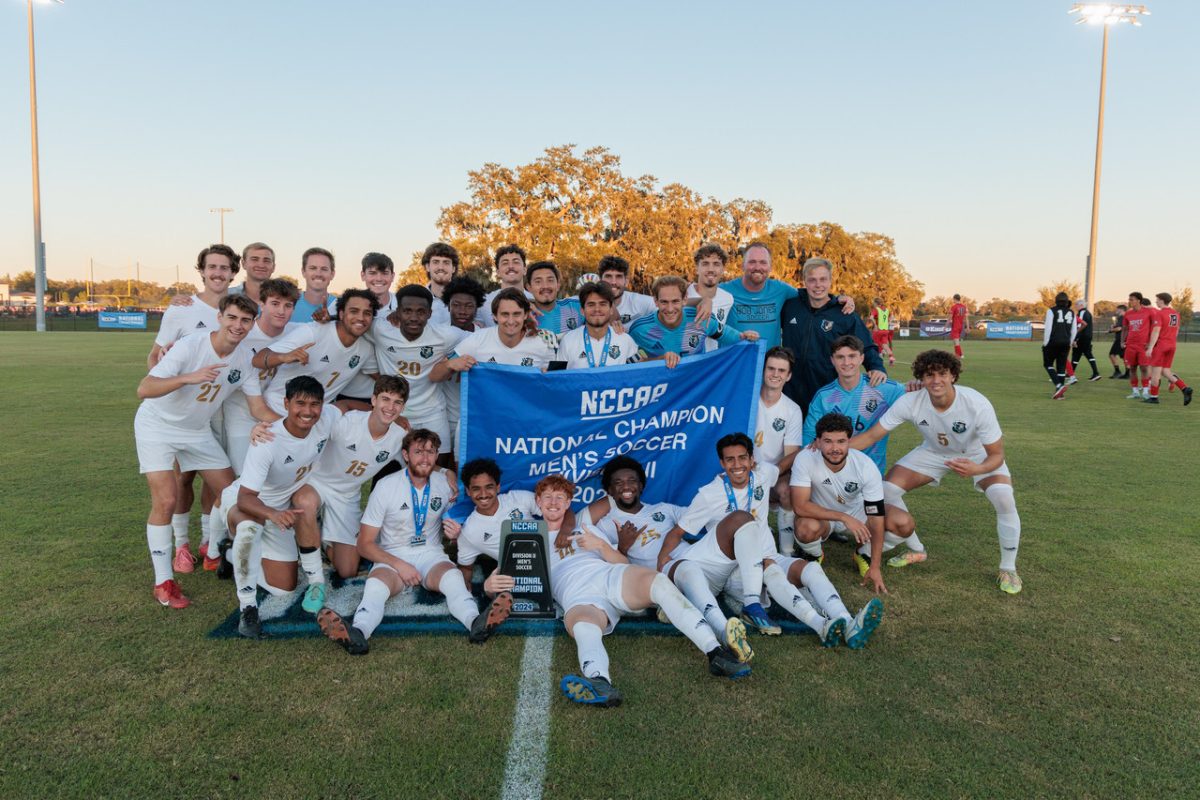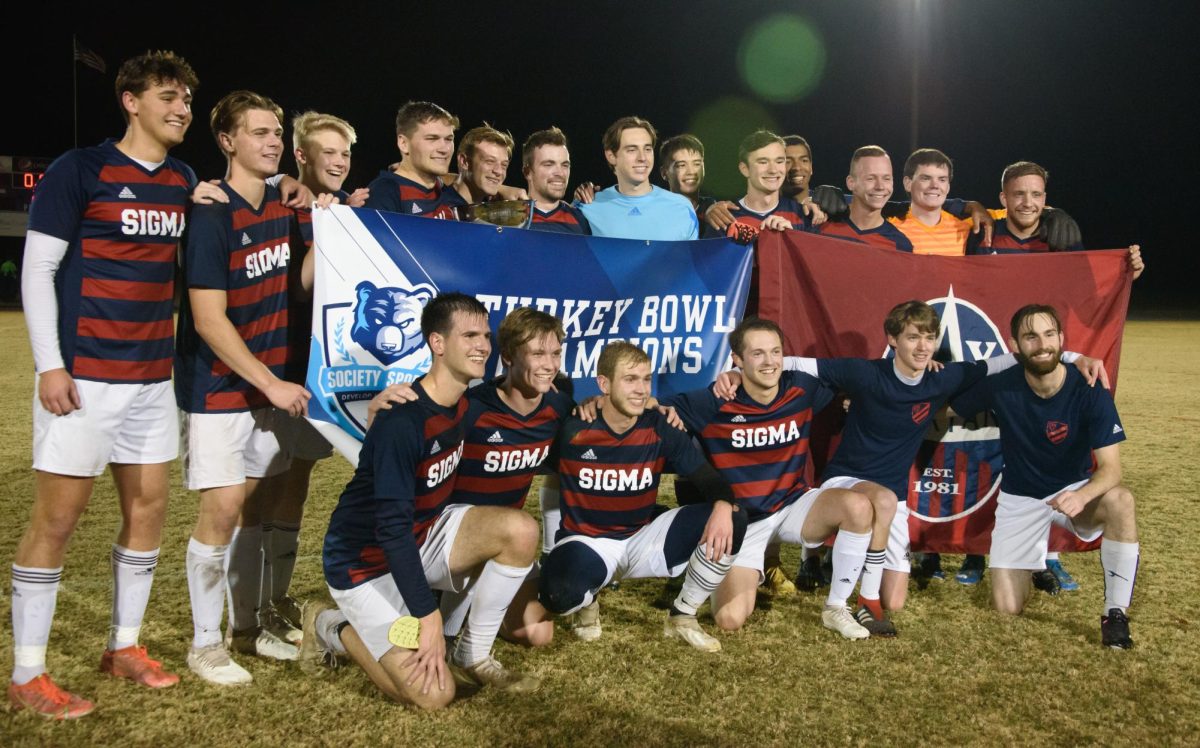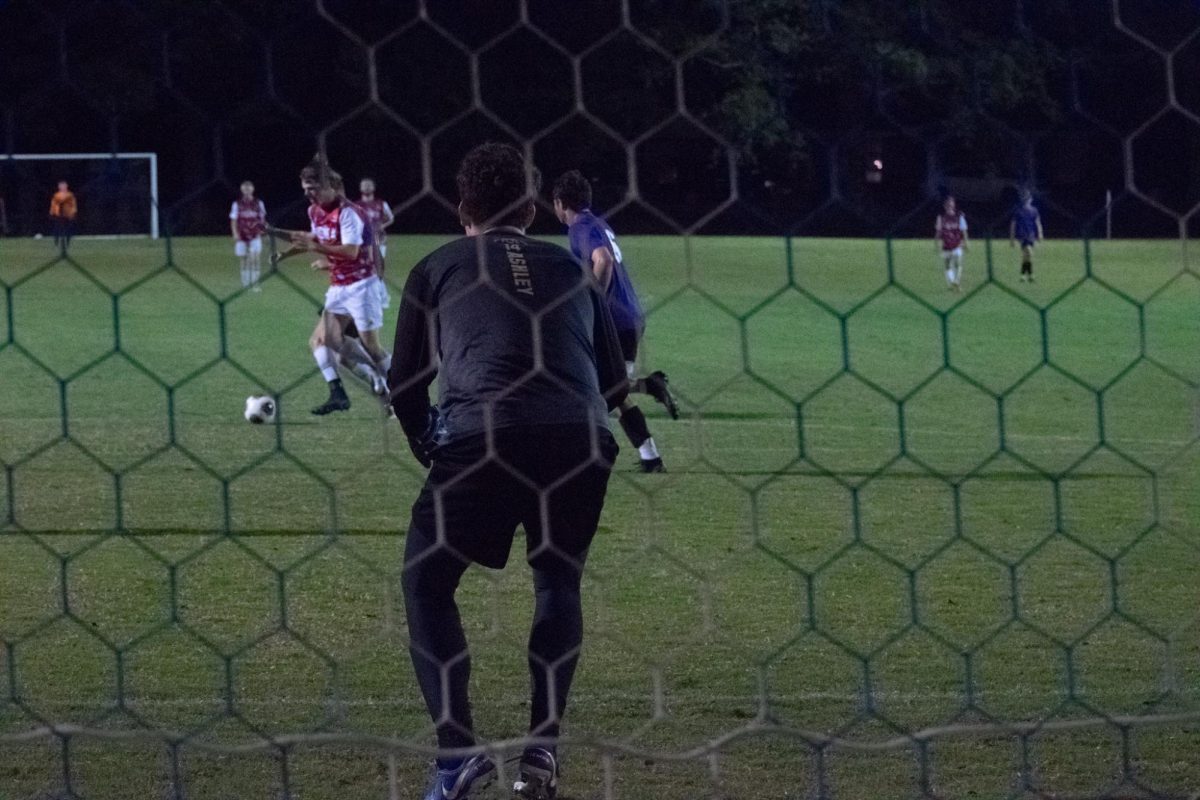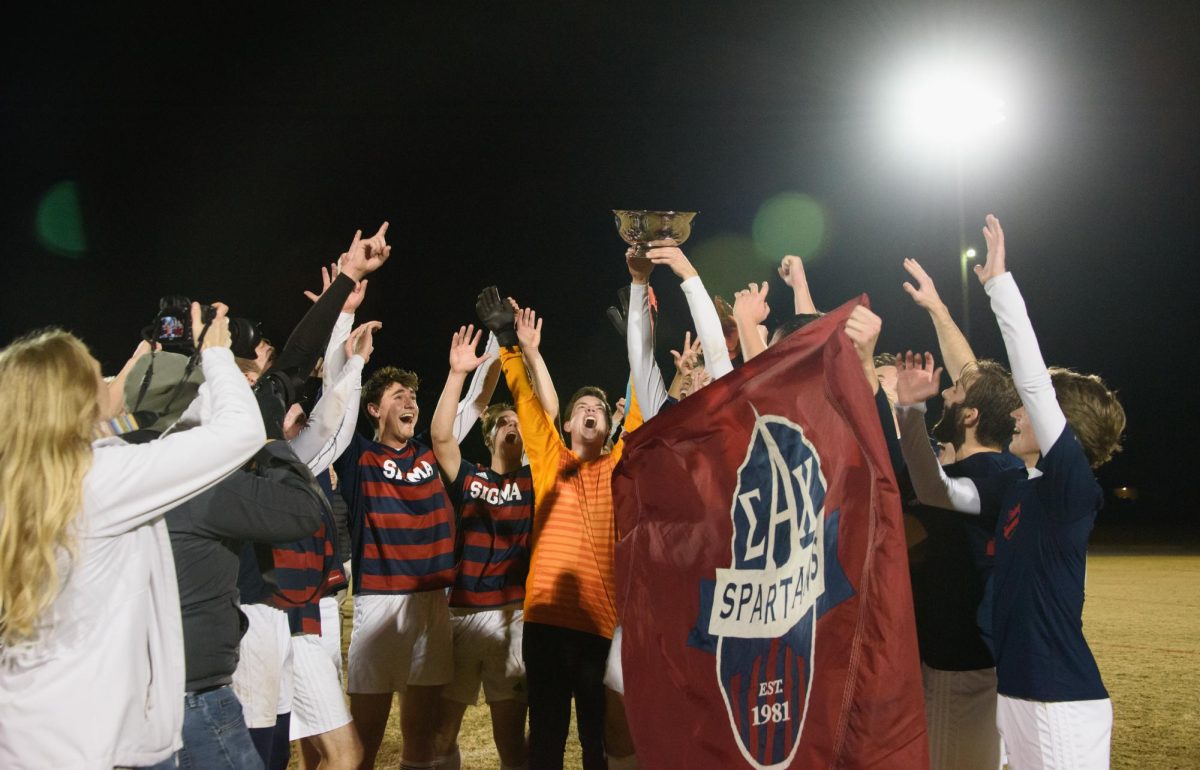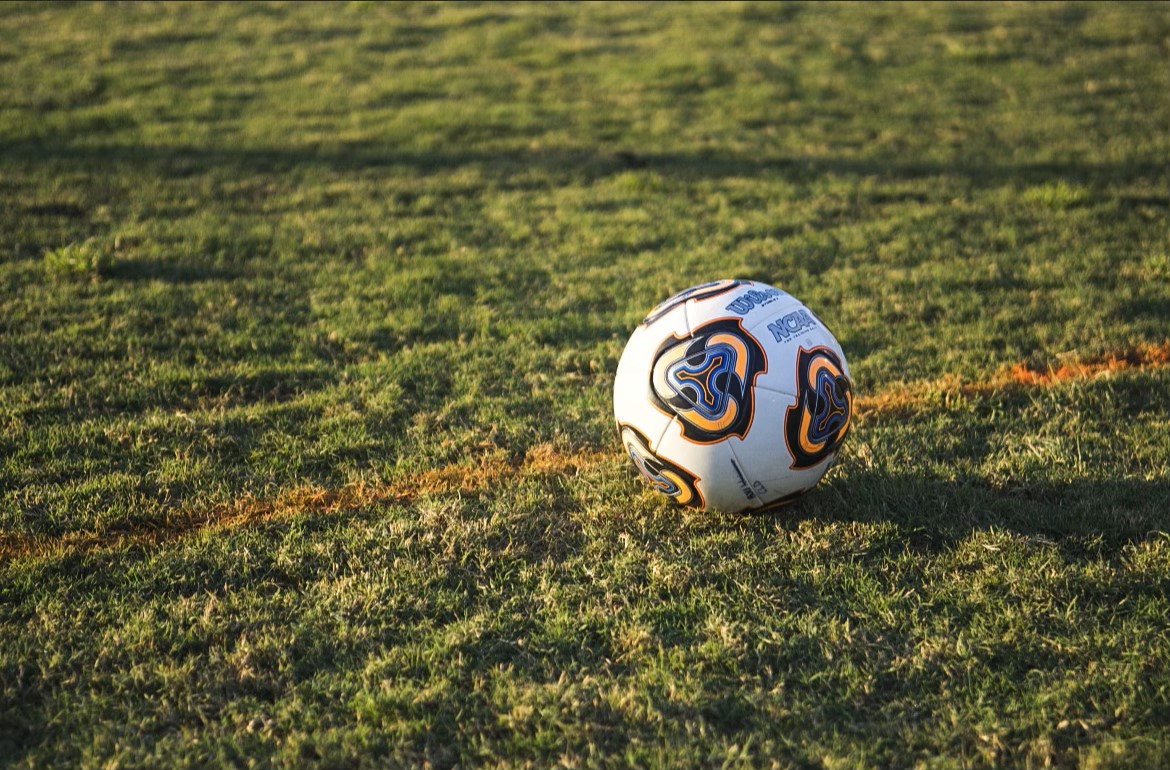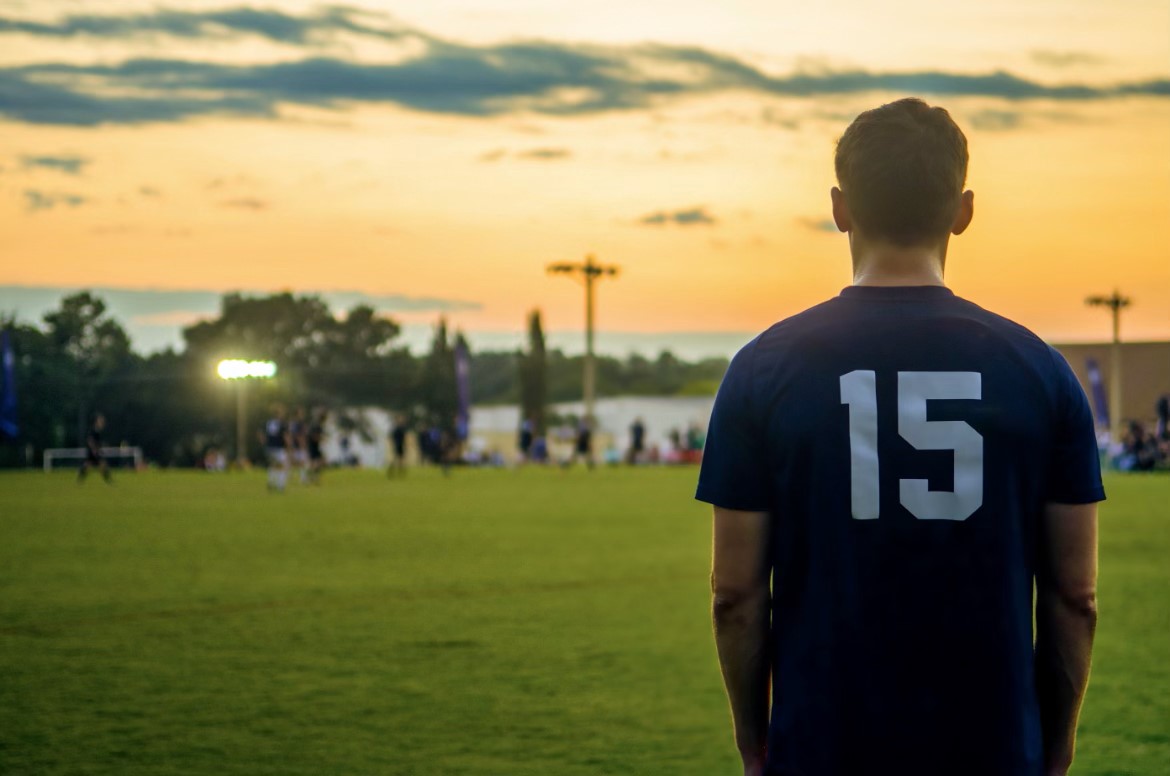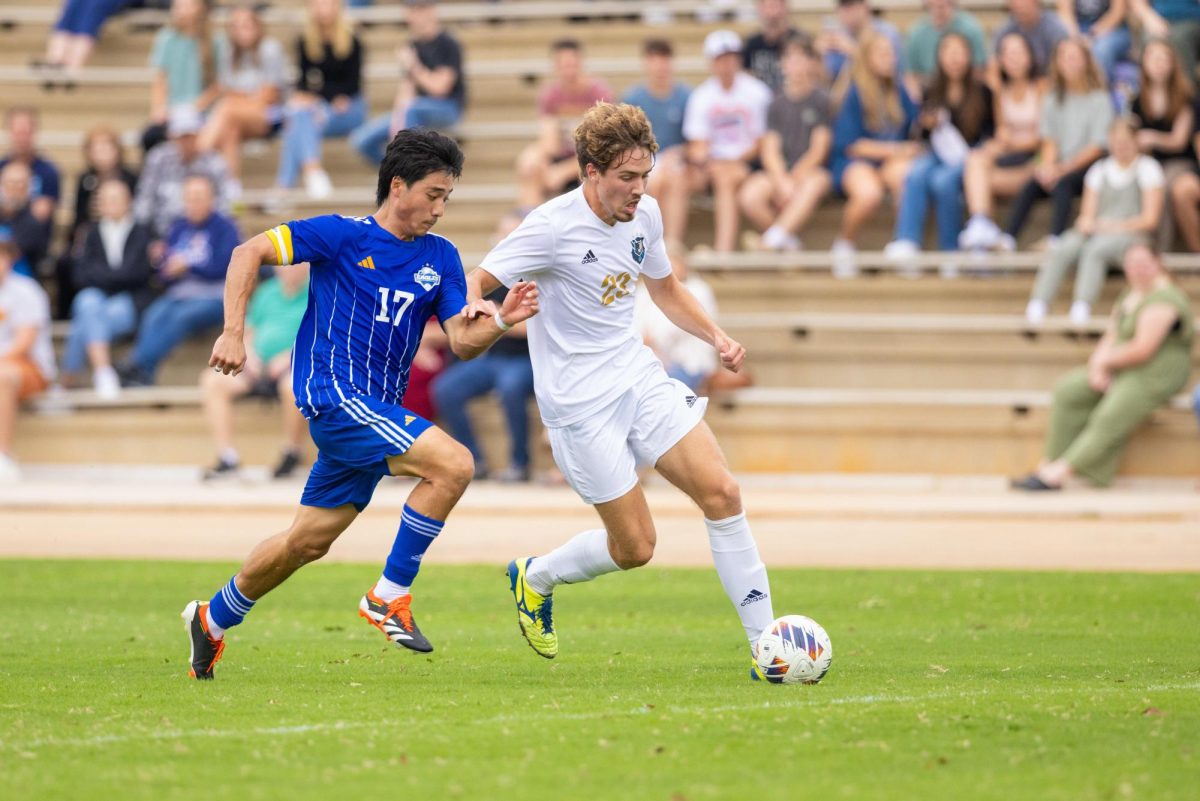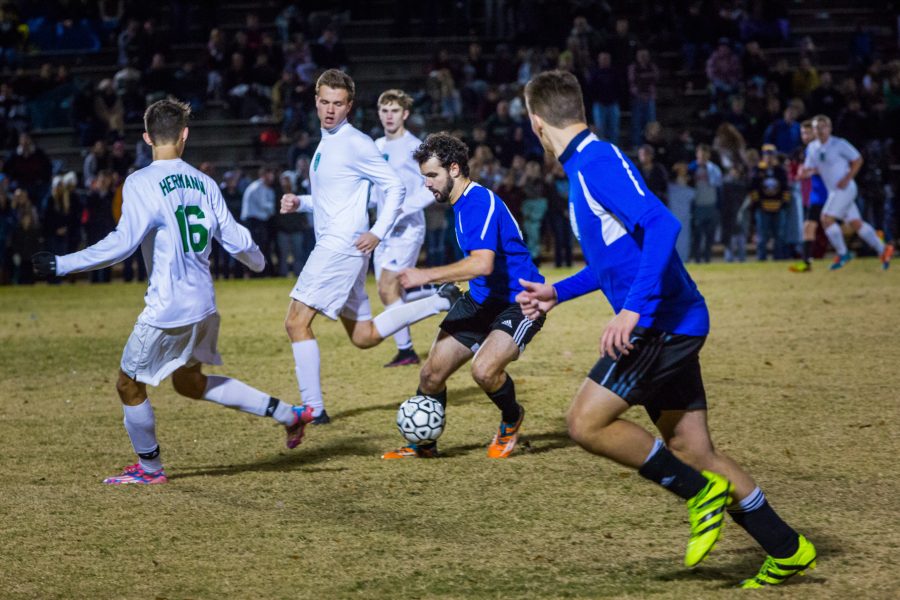Five years ago, Bob Jones University witnessed a change in the campus’s athletic culture.
With the introduction of intercollegiate athletics, intramural sports began to play a different yet still significant role at BJU.
According to Mike LeViere, the director of Intramurals, the purpose of intramurals has changed since the introduction of the intercollegiate sports teams. “[Before the Bruins], intramurals were a competitive experience for the societies to know who had the best team on campus,” LeViere said.
Now, intramurals stand “to provide opportunities for recreation, leadership and service” while still having an atmosphere of competition.
Intramural sports afford all students the chance to partcipate in athletics at BJU.
Students embraced the addition of intercollegiate sports, according to Neal Ring, athletic director. However, Ring said the change was bigger than some of the students expected.
“I think a lot of people had in their mind what they were used to—whether they were small Christian school students or homeschool students—where everyone participates. But now there’s this group where not everyone can participate,” Ring said.
“The change was big. Probably bigger than any of us imagined,” LeViere said. “The pushback, too, was bigger than we imagined it would be.
“Anyone who’s been here over five years remembers intramurals how they used to be. It’s just the nature of humans to remember. Whether they are students or faculty/staff, they remember intramurals how they used to be, and it sometimes saddens them, frightens them or angers them, to see the intramurals changing from what they used to be.”
Ring said that one impact of intercollegiate sports was on the space available for practicing and playing intramural sports.
“Intramurals had unlimited space that they could use,” Ring said. “But intercollegiate teams came and needed space raised to a higher level for intercollegiate play. As expected, suddenly taking this space away created some angst.”
However, intramural athletics are still a big part of campus culture.
Andrew VanDenBerghe, a Sigma Alpha Chi freshman, plans to participate in many of his society’s sports. He said he’s excited to watch intercollegiate games as well.
Both intramural and intercollegiate sports have an emphasis on campus.
Sophomore Zeke Smith plays soccer, basketball and softball for the Epsilon Zeta Chi Tornados.
According to Smith, a lot of the hype comes from Bruins sports but there is definitely emphasis on both intercollegiate and intramural sports.
Intramural athletics allow students to get to know each other outside of the classroom.
Kaeleigh Sparkman, a senior from Pi Delta Chi Classics, plays multiple intramural sports.
“I enjoy getting to know people from society outside of the society time and making friends through sports,” Sparkman said.
Intercollegiate athletics benefit BJU by “showing other schools that Christians can have excellence in sports, and through sports we can show others Christ,” Sparkman said.
Mandy Bates, a junior on the women’s intercollegiate basketball team, says that the purpose of BJU’s intercollegiate athletics is to use the player’s talents as a platform for ministry.
“Intercollegiate athletics is a great way to be a witness to other schools and also be a representative for our school,” Bates said.
LeViere said he is working hard to improve studnets’ intramural sports experience.
While both men’s and women’s societies already compete in nine sports including volleyball, softball and disc golf, LeViere said he would like to add kickball, dodgeball, cornhole, and a fitness and running challenge.
The main issue with adding these new sports, however, is space.

